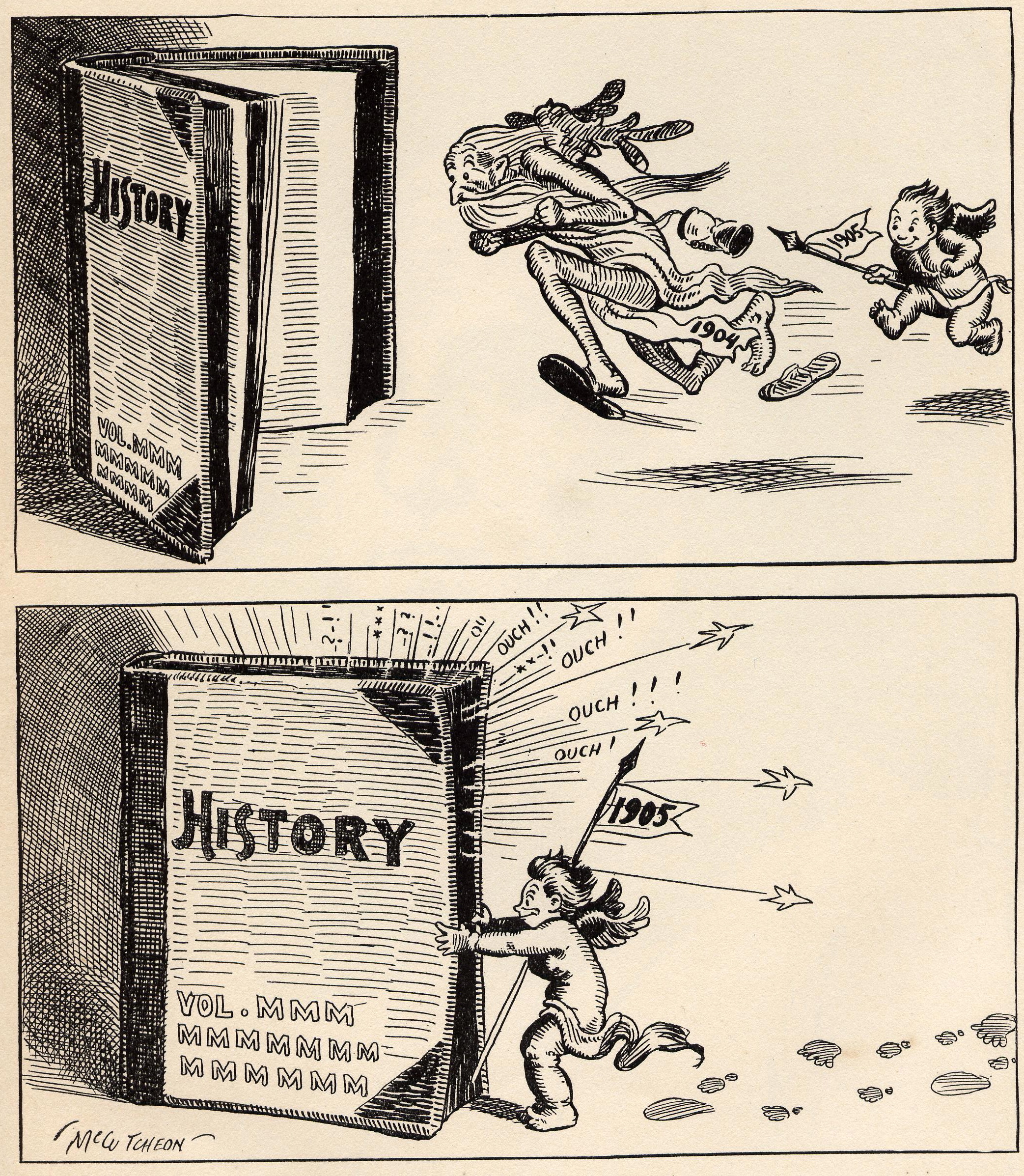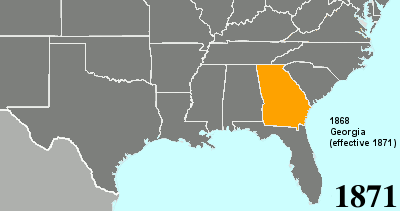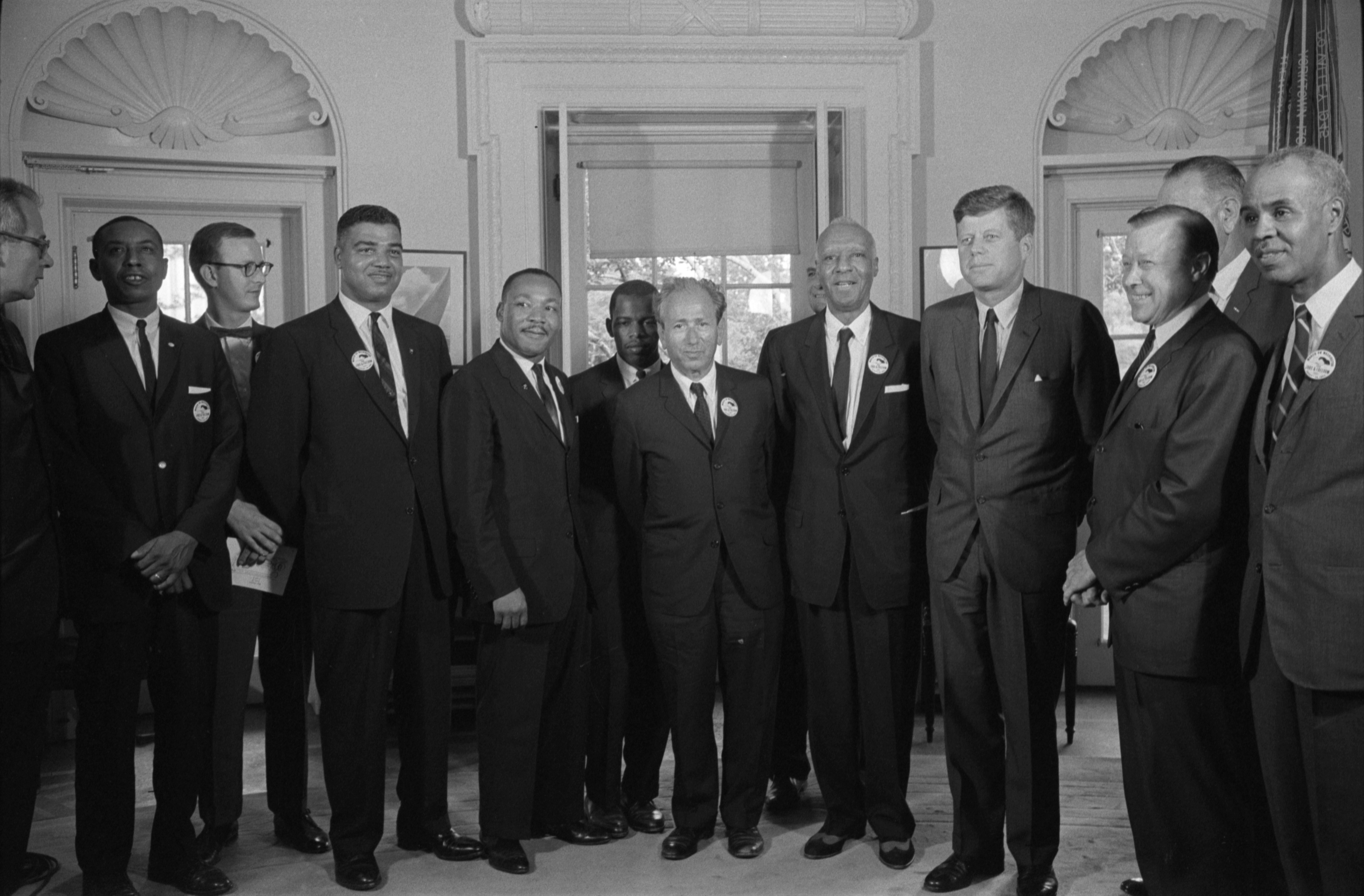|
Robert J. Corbett
Robert James Corbett (August 25, 1905 – April 25, 1971) was a Republican member of the U.S. House of Representatives from Pennsylvania. Biography Robert Corbett was born in Avalon, Pennsylvania near Pittsburgh. He was the brother of the interim Governor of Guam William Corbett. He graduated from Allegheny College in Meadville, Pennsylvania in 1927 and from the University of Pittsburgh in 1929. He worked as senior high-school instructor at Coraopolis, Pennsylvania from 1929 to 1938, and as an instructor in the Pittsburgh Academy Evening School in 1938. He was elected as a Republican to the 76th United States Congress in 1938, but was unsuccessful candidate for reelection in 1940. After his defeat he served on the staff of Senator James J. Davis in Pittsburgh. He was elected Sheriff of Allegheny County (Pittsburgh) and served from 1942 to 1944. He was elected to the 79th United States Congress in 1944 and served from January 3, 1945, until his death from a heart attack in ... [...More Info...] [...Related Items...] OR: [Wikipedia] [Google] [Baidu] |
Pennsylvania
Pennsylvania, officially the Commonwealth of Pennsylvania, is a U.S. state, state spanning the Mid-Atlantic (United States), Mid-Atlantic, Northeastern United States, Northeastern, Appalachian, and Great Lakes region, Great Lakes regions of the United States. It borders Delaware to its southeast, Maryland to its south, West Virginia to its southwest, Ohio and the Ohio River to its west, Lake Erie and New York (state), New York to its north, the Delaware River and New Jersey to its east, and the Provinces and territories of Canada, Canadian province of Ontario to its northwest via Lake Erie. Pennsylvania's most populous city is Philadelphia. Pennsylvania was founded in 1681 through a royal land grant to William Penn, the son of William Penn (Royal Navy officer), the state's namesake. Before that, between 1638 and 1655, a southeast portion of the state was part of New Sweden, a Swedish Empire, Swedish colony. Established as a haven for religious and political tolerance, the B ... [...More Info...] [...Related Items...] OR: [Wikipedia] [Google] [Baidu] |
79th United States Congress
The 79th United States Congress was a meeting of the legislative branch of the United States federal government, composed of the United States Senate and the United States House of Representatives. It met in Washington, D.C., from January 3, 1945, to January 3, 1947, during the last months of Franklin D. Roosevelt's presidency, and the first two years of Harry Truman's presidency. The apportionment of seats in this House of Representatives was based on the 1940 United States census. Both chambers had a Democratic majority (including increasing their edge in the House). With the reelection of President Franklin D. Roosevelt to a record fourth term, the Democrats maintained an overall federal government trifecta. Major events * January 20, 1945: President Franklin D. Roosevelt began his fourth term. * April 12, 1945: President Roosevelt died, Vice President Harry S. Truman became President of the United States. * September 2, 1945: World War II ended. * September 11, 1945 � ... [...More Info...] [...Related Items...] OR: [Wikipedia] [Google] [Baidu] |
1905 Births
As the second year of the massive Russo-Japanese War begins, more than 100,000 die in the largest world battles of that era, and the war chaos leads to the 1905 Russian Revolution against Nicholas II of Russia (Dmitri Shostakovich, Shostakovich's Symphony No. 11 (Shostakovich), 11th Symphony is subtitled ''The Year 1905'' to commemorate this) and the start of Revolution in the Kingdom of Poland (1905–07), Revolution in the Kingdom of Poland. Canada and the U.S. expand west, with the Alberta and Saskatchewan provinces and the founding of Las Vegas. 1905 is also the year in which Albert Einstein, at this time resident in Bern, publishes his four Annus Mirabilis papers, ''Annus Mirabilis'' papers in ''Annalen der Physik'' (Leipzig) (March 18, May 11, June 30 and September 27), laying the foundations for more than a century's study of theoretical physics. Events January * January 1 – In a major defeat in the Russo-Japanese War, Russian General Anatoly Stessel su ... [...More Info...] [...Related Items...] OR: [Wikipedia] [Google] [Baidu] |
United States Congressional Delegations From Pennsylvania
These are tables of United States Congress, congressional delegations from Pennsylvania to the United States House of Representatives and the United States Senate. The current dean of the Pennsylvania delegation is United States House of Representatives, Representative Glenn Thompson (politician), Glenn Thompson, having served in the House since 2009. United States House of Representatives Current members List of members, their terms in office, district boundaries, and the district political ratings according to the Cook Partisan Voting Index, CPVI. The delegation has 17 members, with 10 Republican Party (United States), Republicans and 7 Democratic Party (United States), Democrats. 1789–1793: 8 seats For the first two Congresses, Pennsylvania had eight seats. In the First Congress, Representatives were selected at-large on a general ticket. Districts were used in the Second Congress. 1793–1803: 13 seats Pennsylvania had thirteen seats. For the third Congress rep ... [...More Info...] [...Related Items...] OR: [Wikipedia] [Google] [Baidu] |
United States Congress
The United States Congress is the legislature, legislative branch of the federal government of the United States. It is a Bicameralism, bicameral legislature, including a Lower house, lower body, the United States House of Representatives, U.S. House of Representatives, and an Upper house, upper body, the United States Senate, U.S. Senate. They both meet in the United States Capitol in Washington, D.C. Members of Congress are chosen through direct election, though vacancies in the Senate may be filled by a Governor (United States), governor's appointment. Congress has a total of 535 voting members, a figure which includes 100 United States senators, senators and 435 List of current members of the United States House of Representatives, representatives; the House of Representatives has 6 additional Non-voting members of the United States House of Representatives, non-voting members. The vice president of the United States, as President of the Senate, has a vote in the Senate ... [...More Info...] [...Related Items...] OR: [Wikipedia] [Google] [Baidu] |
Harmar D
__NOTOC__ Harmar may refer to: People Surname *Fairlie Harmar, Viscountess Harberton * John Harmar (c. 1555 – 1613), Greek scholar and translator of the 1611 Bible * John Harmar (philologist) (also Harmer) (c. 1594–1670), English cleric and academic, Regius Professor of Greek at Oxford *Josiah Harmar (1753–1813), American Army officer of the Revolutionary War Given name * Harmar D. Denny, Jr. (1886–1966), Pilot and US Congressman from Pennsylvania * Harmar Denny (1794–1852), US Congressman from Pennsylvania Places *Fort Harmar Fort Harmar was an early United States frontier military fort, built in pentagonal shape during 1785 at the confluence of the Ohio River, Ohio and Muskingum River, Muskingum rivers, on the west side of the mouth of the Muskingum River. It was bui ... * Harmar, Marietta, Ohio, which includes the fort * Harmar Township, Pennsylvania See also * Harmer, a surname {{disambig, geo, given name, surname ... [...More Info...] [...Related Items...] OR: [Wikipedia] [Google] [Baidu] |
Vera Buchanan
Vera Daerr Buchanan (July 20, 1902 – November 26, 1955) was a Democratic member of the U.S. House of Representatives from Pennsylvania from 1951 to 1955. She was the first female member of the U.S. Congress to die while holding office, and she and her husband, who had also died in office, were the first congressional wife and husband to both die while still in office. Early life and educational Born in Wilson, Pennsylvania (later part of Clairton) on July 20, 1902, Vera Daerr was a daughter of John Daerr and Jennie Leasure Daerr. A student of the public and parochial schools in Duquesne, Pennsylvania during her formative years, she graduated from high school there, and went on to secure employment as a secretary for that community's steel mill. After marrying automobile dealer and teacher Frank Buchanan in 1929, she and her husband raised twin daughters. In 1942, she helped her husband win the mayoral election in McKeesport, Pennsylvania. According to historians at t ... [...More Info...] [...Related Items...] OR: [Wikipedia] [Google] [Baidu] |
List Of United States Congress Members Who Died In Office (1950–99)
There are several lists of United States Congress members who died in office. These include: *List of United States Congress members who died in office (1790–1899) *List of United States Congress members who died in office (1900–1949) *List of United States Congress members who died in office (1950–1999) *List of United States Congress members who died in office (2000–) See also *Deaths of United States federal judges in active service Deaths of United States federal judges in active service have profound political and procedural effects. Due to their implications for the political composition of the courts on which they serve, they can result in unexpected political conflicts r ... * List of presidents of the United States who died in office {{DEFAULTSORT:United States Congress members who died in office ... [...More Info...] [...Related Items...] OR: [Wikipedia] [Google] [Baidu] |
Voting Rights Act Of 1965
The Voting Rights Act of 1965 is a landmark piece of federal legislation in the United States that prohibits racial discrimination in voting. It was signed into law by President Lyndon B. Johnson during the height of the civil rights movement on August 6, 1965, and Congress later amended the Act five times to expand its protections. Designed to enforce the voting rights protected by the Fourteenth and Fifteenth Amendments to the United States Constitution, the Act sought to secure the right to vote for racial minorities throughout the country, especially in the South. According to the U.S. Department of Justice, the Act is considered to be the most effective piece of federal civil rights legislation ever enacted in the country. The National Archives and Records Administration stated: "The Voting Rights Act of 1965 was the most significant statutory change in the relationship between the federal and state governments in the area of voting since the Reconstruction peri ... [...More Info...] [...Related Items...] OR: [Wikipedia] [Google] [Baidu] |
Twenty-fourth Amendment To The United States Constitution
The Twenty-fourth Amendment (Amendment XXIV) of the United States Constitution prohibits both US Congress, Congress and the US states, states from requiring the payment of a Poll taxes in the United States, poll tax or any other tax to vote in US federal election, federal elections. The amendment was proposed by Congress to the states on August 27, 1962, and was ratified by the states on January 23, 1964. Southern United States, Southern states of the former Confederate States of America adopted Poll taxes in the United States, poll taxes both in their state laws and in their state constitutions throughout the late-19th and early-20th centuries. This became more widespread as the Democratic Party regained control of most levels of government in the South in the decades after Reconstruction era of the United States, Reconstruction. The purpose of poll taxes was to prevent African Americans and poor whites from voting. Use of the poll tax by states was held to be constitutional b ... [...More Info...] [...Related Items...] OR: [Wikipedia] [Google] [Baidu] |
Civil Rights Act Of 1968
The Civil Rights Act of 1968 () is a Lists of landmark court decisions, landmark law in the United States signed into law by President of the United States, United States President Lyndon B. Johnson during the King assassination riots. Titles II through VII comprise the Indian Civil Rights Act, which applies to the Native Americans in the United States, Native American tribes of the United States and makes many but not all of the guarantees of the United States Bill of Rights, U.S. Bill of Rights applicable within the tribes. (That Act appears today in Title 25, sections 1301 to 1303 of the United States Code). Titles VIII and IX are commonly known as the Fair Housing Act, which was meant as a follow-up to the Civil Rights Act of 1964. (This is different legislation than the Housing and Urban Development Act of 1968, which expanded housing funding programs.) While the Civil Rights Act of 1866 prohibited discrimination in housing, there were no federal enforcement provisions. T ... [...More Info...] [...Related Items...] OR: [Wikipedia] [Google] [Baidu] |
Civil Rights Act Of 1964
The Civil Rights Act of 1964 () is a landmark civil rights and United States labor law, labor law in the United States that outlaws discrimination based on Race (human categorization), race, Person of color, color, religion, sex, and national origin. It prohibits unequal application of voter registration requirements, racial segregation in schools and public accommodations, and employment discrimination. The act "remains one of the most significant legislative achievements in American history". Initially, powers given to enforce the act were weak, but these were supplemented during later years. Congress asserted its authority to legislate under several different parts of the United States Constitution, principally its Enumerated powers (United States), enumerated power to regulate interstate commerce under the Commerce Clause of Article One of the United States Constitution#Section 8: Powers of Congress, Article I, Section 8, its duty to guarantee all citizens Equal Protectio ... [...More Info...] [...Related Items...] OR: [Wikipedia] [Google] [Baidu] |







